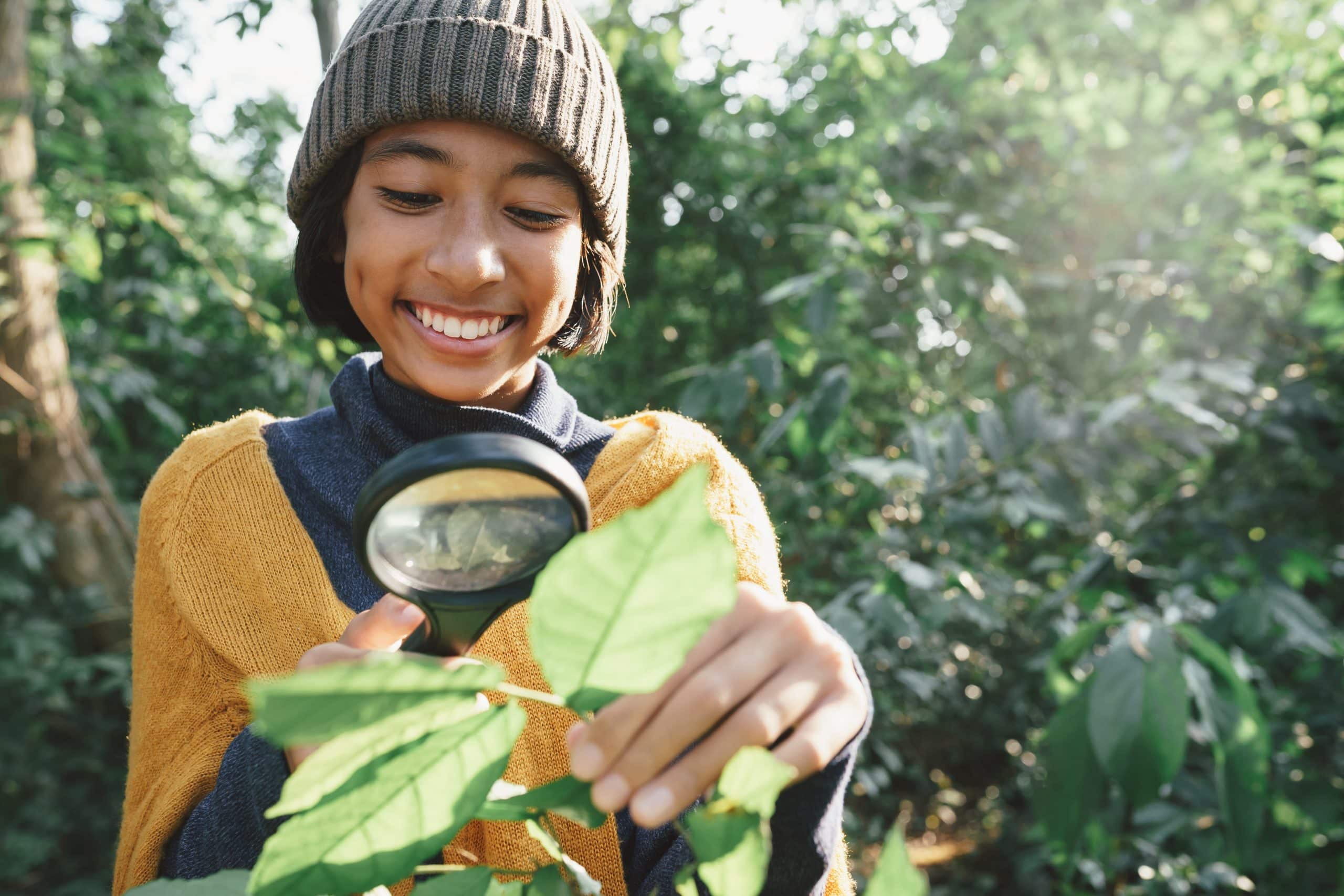Among the lessons to take away from COVID-19 in the K–12 sector, one is this: we can never again say that schools haven’t changed in a hundred years. After a year in which all schools upended the status quo to support students’ learning and wellbeing during a pandemic, the most vocal critics of outdated school systems must acknowledge that even the most conventional schools have displayed a previously unrecognized degree of tenacity, commitment, and adaptability.
At this critical juncture before a new school year, it’s a perfect time to learn from innovations already underway in school communities, including shifts in school practice during 2020 and 2021. It’s also a perfect time to examine the direction that schools’ innovation work may take going forward, and what schools need to support that work. The Canopy project offers unique insight into these themes at a time when concrete information about innovative school practice is remarkably scarce.
This brief summarizes key findings from our most recent analysis of the Canopy dataset, with a focus on understanding current patterns in school innovation and changes to schools’ practices during a year of upheaval. In sharing these findings, we aim to equip school system leaders, policymakers, intermediaries, and funders with ground-level insight into the efforts emerging and taking root in schools so they may act more strategically and effectively to support schools that are reimagining the status quo in K–12.



